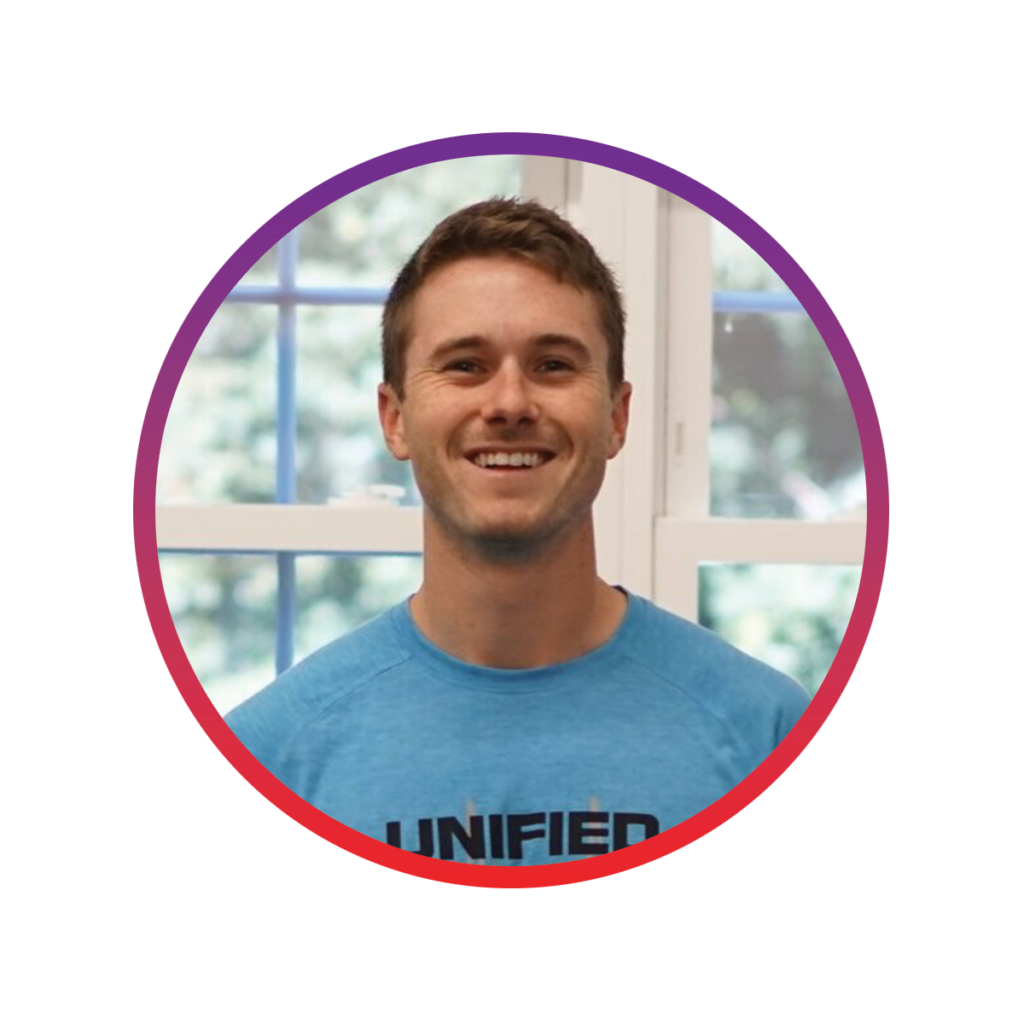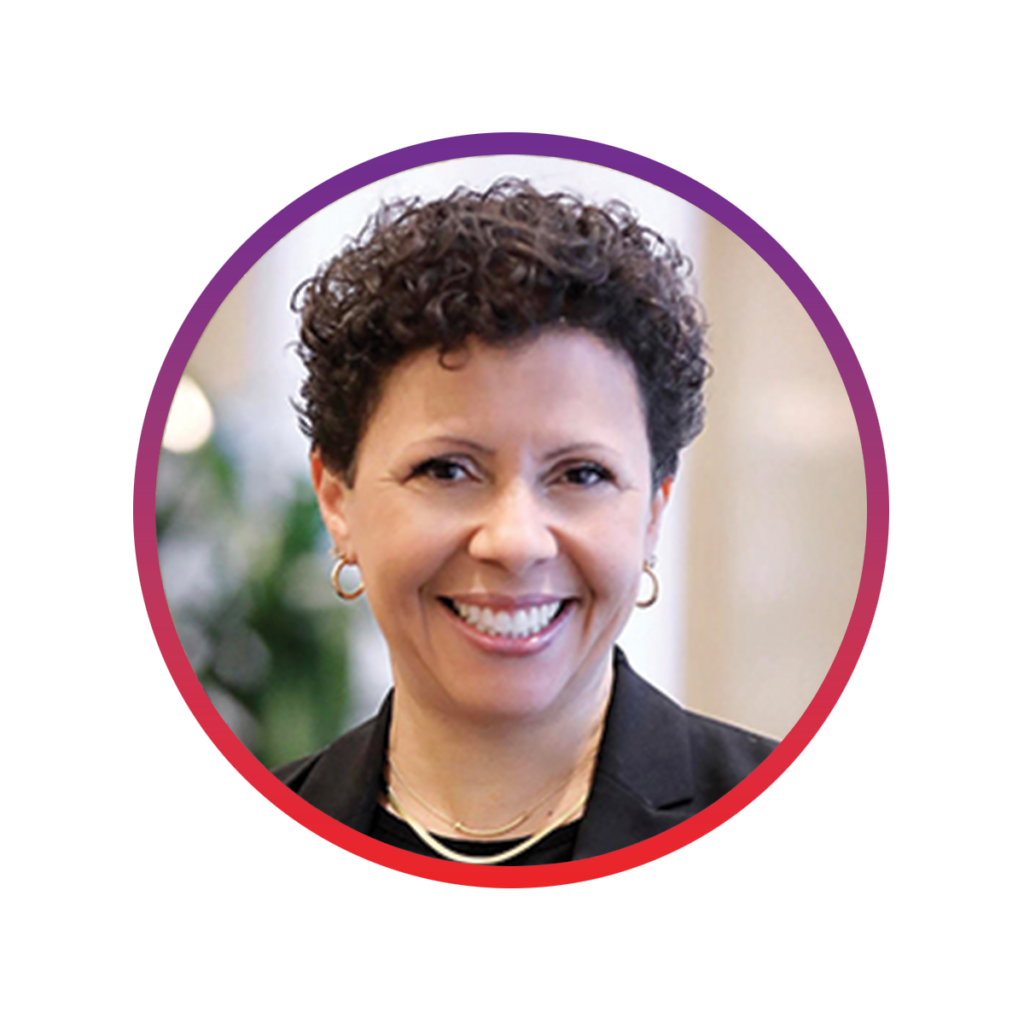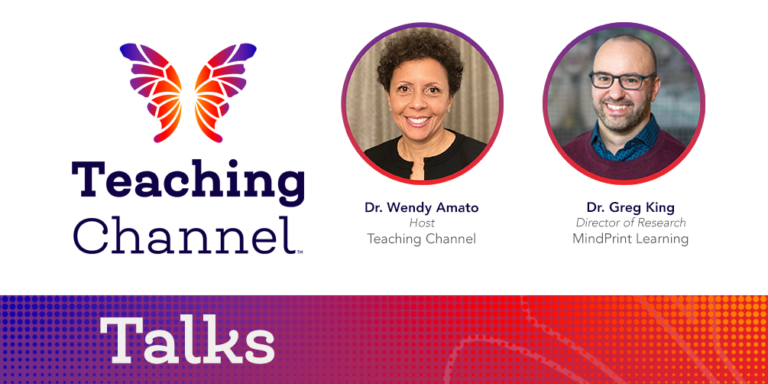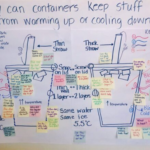In this episode of Teaching Channel Talks, Dr. Wendy Amato sits down with Brendan Aylward, a passionate health and fitness professional on a mission to make fitness accessible for everyone, especially individuals with physical or intellectual disabilities. Join us in this empowering conversation as we explore the intersection of education, fitness, and inclusivity, and discover how Brendan Aylward is leading the charge towards a more inclusive fitness future for all.
Our Guest

Brendan Aylward is the owner of Unified Health & Performance, an inclusive strength and conditioning facility in Massachusetts, and the owner and founder of AdaptX, a program focused on educating trainers about adaptive and inclusive fitness. Brendan began his career in strength and conditioning during his time in college, working with sports programs as well as providing at-home fitness services for a handful of individuals with various disabilities. In 2014, he became the youngest ever to coach for Team Massachusetts at the Special Olympics USA Games and has been a resource for Special Olympics on improving fitness in their athletes over the last several years.
Our Host

Dr. Wendy Amato is the Chief Academic Officer at Teaching Channel’s parent company, K12 Coalition. Wendy earned her Master’s in Education and Ph.D. in Curriculum and Instruction from the University of Virginia. She holds an MBA from James Madison University. Wendy began teaching in 1991, has served as a Middle School Administrator, and still teaches at UVA’s School of Education. She has delivered teacher professional development workshops and student leadership workshops in the US and internationally. Wendy and her family live near Charlottesville, Virginia.
Resources for Continued Learning
Learn more about AdaptX and Brendan’s mission to educate others about adaptive and inclusive fitness by visiting AdaptX.org
Brendan hosts a weekly podcast amplifying the voices and ideas of individuals who are building accessible businesses or products, advocating for inclusion, or excelling in adaptive sports. Listen to new episodes every Monday.






